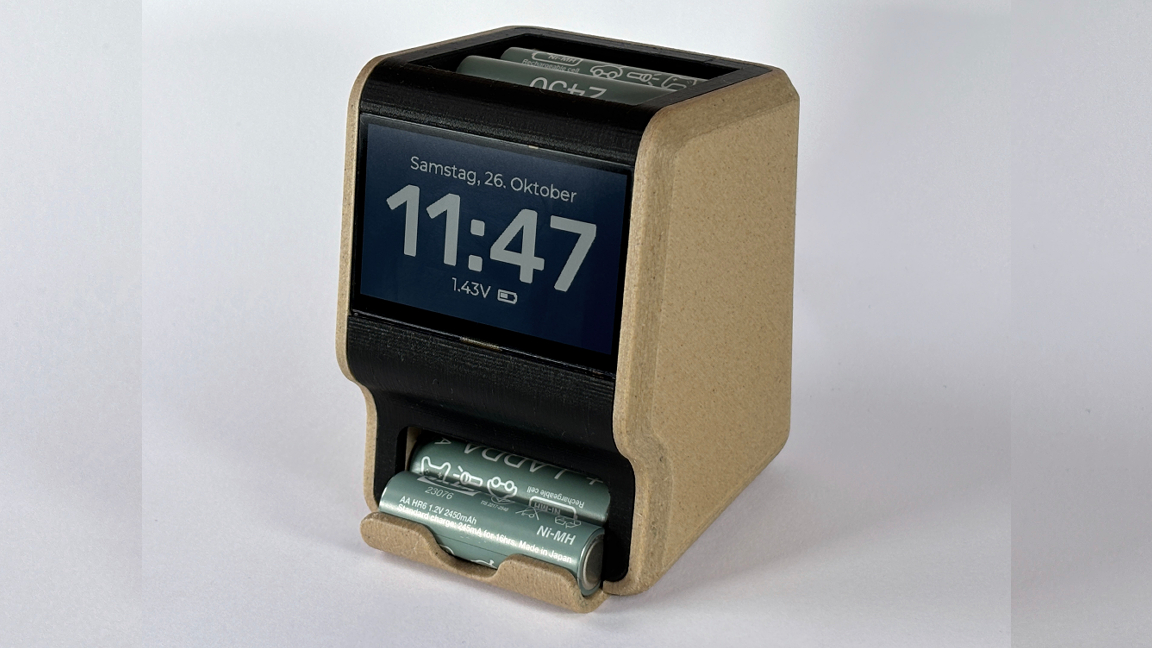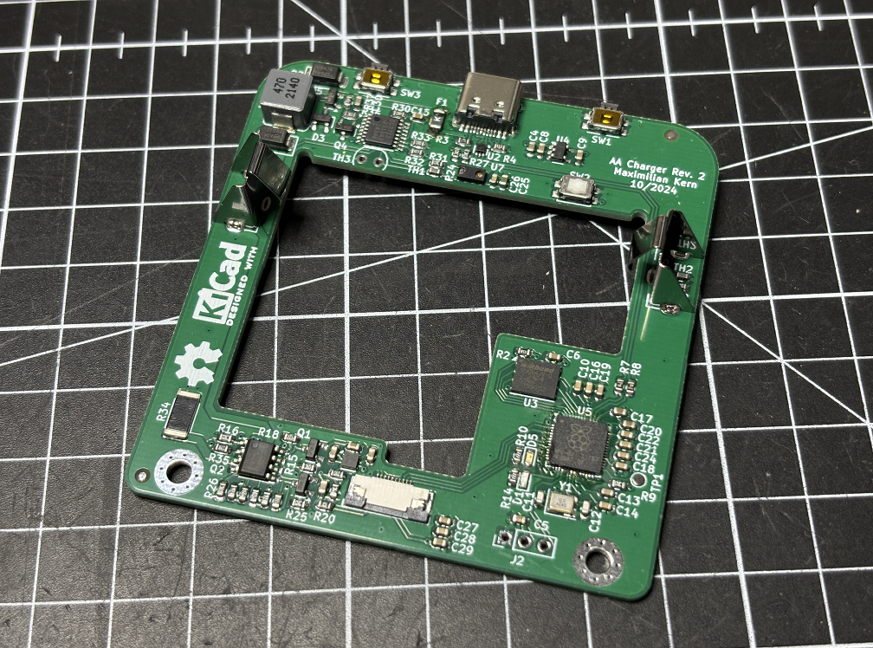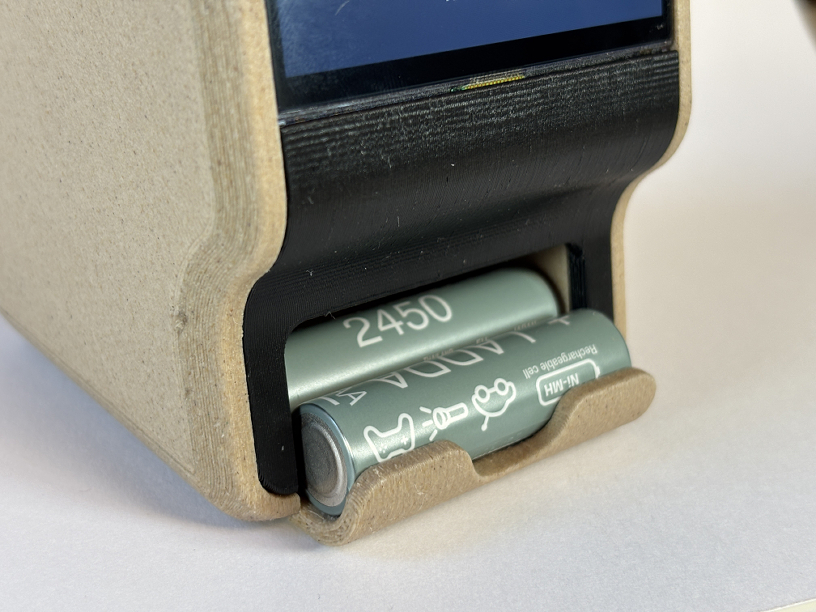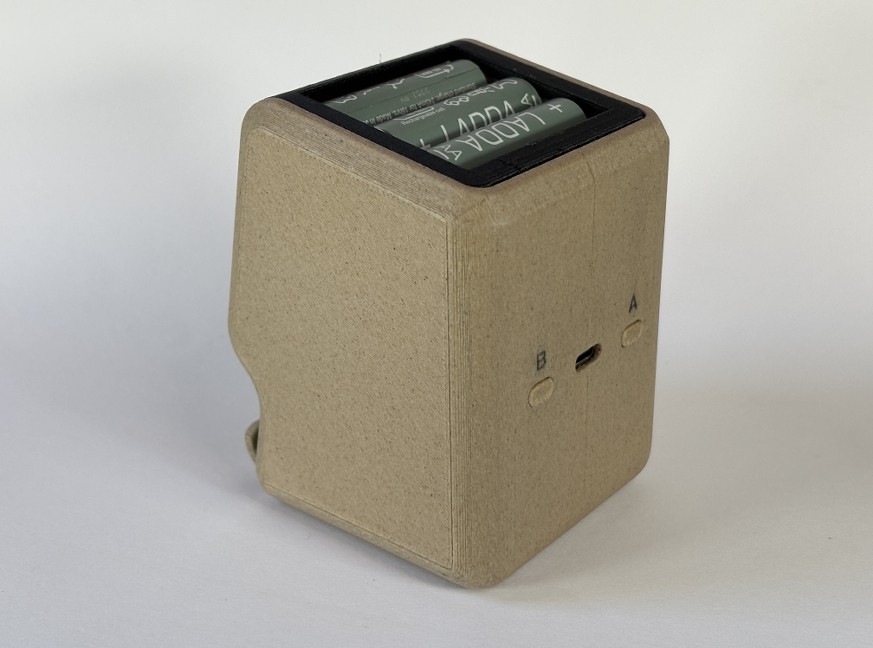
We've come across our fair share of useful Raspberry Pi projects, but it's the ones with dual functionality that really catch our eye — such as this desktop clock put together by maker and developer Max K. Using one of our favorite microprocessors, the Raspberry Pi RP2040, he's created a useful AA battery charger that doubles as a beautiful desk clock he calls SPINC. Not only do you get the benefits of an automatic NiMH charger, you get a snazzy little device that keeps track of the time for you when it's not busy charging batteries.
The system is designed so that you can quickly load batteries into the top — no need to line up polarity, just drop them in the top and it will automatically adjust the charging mechanism depending on its orientation. As the batteries are charged, the system automatically dispenses them into a tray at the bottom.
SPINC can charge up to seven rechargeable AA batteries at a time, and it doubles as a storage box for the charged batteries. All you have to do is drop in your dead batteries and forget about them (until you need a fresh one). In addition to the NiMH charging station, SPINC has a built-in LCD display that functions as a high-resolution desk clock with a couple of settings that can be adjusted.



Driving the operation is a custom PCB that Max K designed specifically for this project. The PCB features a Raspberry Pi RP2040 as the main processor. It's connected to a LS027B7DH01A, which is a monochromatic 240 x 400px LCD display panel. It's also connected to an EMAX ES08A micro servo that helps rotate the batteries. A DS2712 module is used as the charging mechanism. All of the hardware is housed inside of a custom-designed 3D printed shell.
The DS2712 module takes care of the charging aspect of the project, while the RP2040 PCB is responsible for checking the polarity and managing the clock portion of the project. It also manages the servo, which adjusts the battery into position for charging using an arm and then allows it to pass through to the bottom once it's charged. The clock display is managed using the open source library LVGL interface. All of the code, the PCB design, and the CAD files are available on the official project page at GitHub.
If you want to see this Raspberry Pi project in action, you can check it out in greater detail over at Hackaday.







